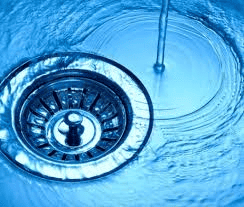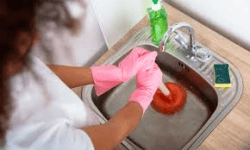Clogged drains are a complex problem, and the methods for cleaning them vary depending on the size of the clog and where it’s located. Sewer systems are arranged like trees, with the main line being the largest diameter, and smaller ones, or sublines, that are connected by smaller pipes. Although the most common place for clogs to occur is in the toilet, they can develop anywhere along the system.
Some of the signs that your drain is blocked are the sound of water gurgling in the sink or toilet, a weak flush from a toilet, and a sluggish water flow from a dishwasher or washer. Water pressure may be low, or you may notice a gurgling noise. Moreover, you may notice flies or other insects in the drain opening. To clean these drains, you can either use a drain snake or call a plumber.
Toothpaste is another common clog culprit. Toothpaste tends to form a film that can get caught in the drain. Regularly rinse with water to prevent this buildup. Baby wipes and feminine products can also cause a blockage. If the drain is clogged by these substances, it may be advisable to use a plunger or other drain cleaning method to clean it.
If a clogged drain is not properly cleaned, it could lead to flooding or water overflow. Moreover, a clogged drain could damage your sewage line. It’s vital to find the clog as soon as possible, as it may result in a costly and difficult fix. In some cases, you can detect a drain blockage by looking for the symptoms and identifying the problem early. Seek advice on Drain Lining Slough from a company like https://www.drainpower.co.uk/drainage-services/drain-lining/drain-lining-slough/
While cooking oil is a major cause of blocked drains, it’s also the easiest to avoid. Grease solidifies as it goes down the drain, so it sticks to the sides and clogs the entire system. Fatbergs, which are large globs of solidified grease that block sewers, are particularly damaging. One example of a fatberg was an 850-foot-long mass that blocked a sewer tunnel in the UK in 2017.
Hair, dead skin cells, and other organic materials are all natural parts of a shower, but they can also build up in drain pipes. As such, a hair catcher is essential for preventing this kind of clog from occurring. Using one will prevent the occurrence of future clogs. The next step is to remove the drain stopper. This might require manual labour, or you can use a screwdriver.


